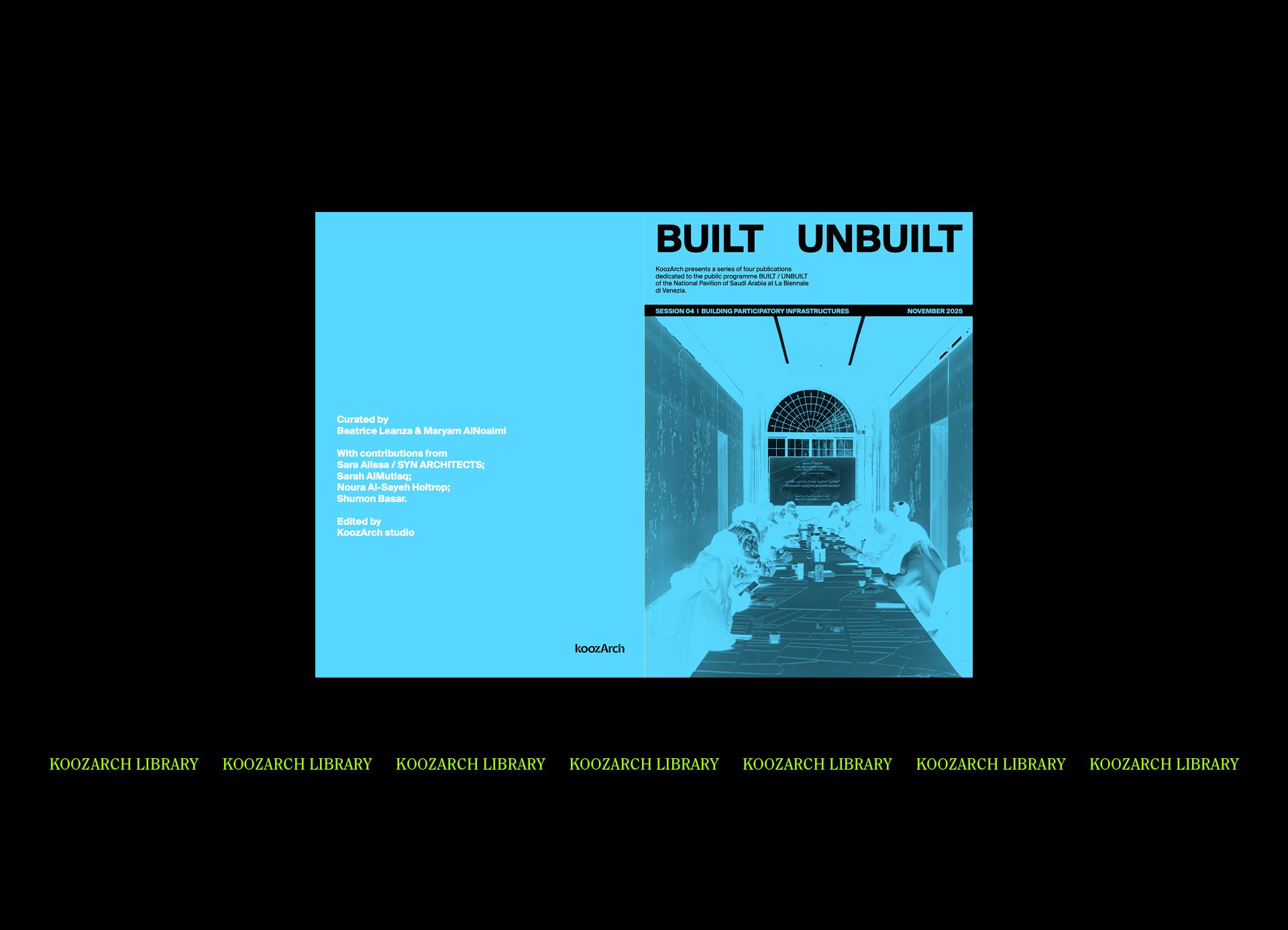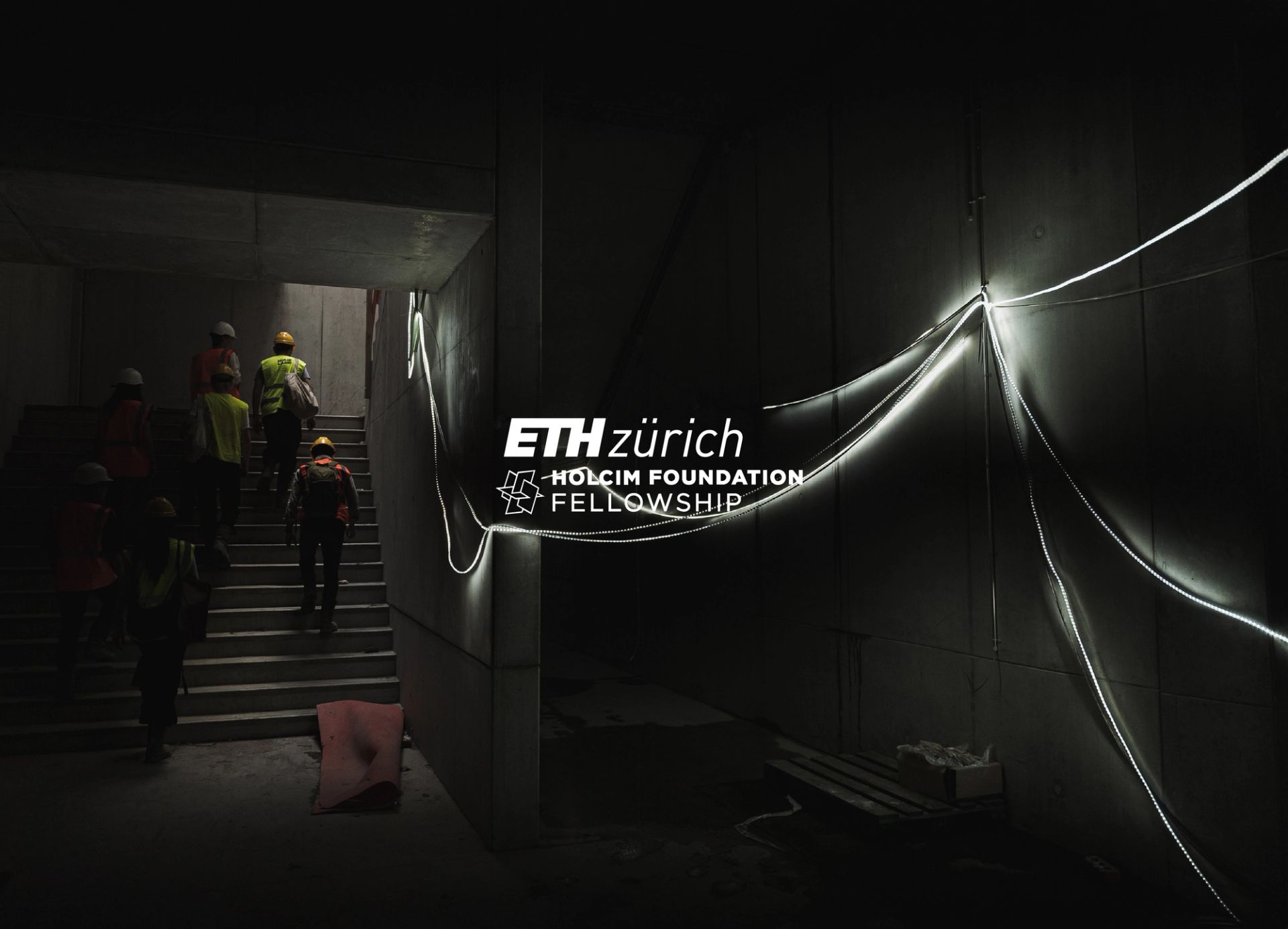The graphic design developed for the upcoming Laboratory of the Future, is not a coincidence nor a mere decoration. For its curator, Lesley Lokko, the graphics are intimately tied to the very identity of the African continent. In this interview with Fred Swart, graphic designer at Dietaljee, we talked about collaborative creative processes, the power of symbols and how graphic design can help synthesise ideas for the future.
This Interview is part of KoozArch's focus dedicated to Biennale Architettura 2023 - 18th International Architecture Exhibition The Laboratory of the Future, curated by Lesley Lokko and organised by La Biennale di Venezia. The International Exhibition is open in Venice from May 20 to November 26.
KOOZ The visual identity of the Biennale Architettura 2023, 18th International Architecture Exhibition in Venice was developed throughout a time frame of nine months. Could you expand on the methodology implemented? What references were particularly significant and why? To what extent did these stem from both the immediate context of Africa as well as more distant histories?
FRED SWART Lesley and I have been working together for the last seven years. Our creative process is based on conversation and visual exchange. This process allowed me—together with the curatorial team—to approach the Laboratory of the Future as a place of experimentation, an opportunity to think of visual identity as a way to synthesise ideas. Just like painting, the creation of a visual identity is never done. Even when the visual product has been delivered, Lesley, the team and I continue to have conversations. We keep on sharing ideas on our Whatsapp Group "Venice and Accra in Colour", as if the exhibition were still in development. We are constantly thinking about how it can evolve or what it can be, as if “Part Two” was already somewhere in the future. We are still moving towards it. In the Cordiere, Lesley and the curatorial team set aside the "Archive of the Future" room to document our process. The text "Affinities and Beyond" by Emmett Scanlon—artistic and editorial organiser of the Biennale Architettura 2023— describes the influence of this experience. Visitors will be able to find it beside the exhibition’s catalogue. From the beginning, we were supported by La Biennale’s Editorial Projects and Activities and Web Office and its graphic team. They encouraged us from the start and cared about our ideas right to their implementation.
The Laboratory of the Future as a place of experimentation, an opportunity to think of visual identity as a way to synthesise ideas. Just like painting, the creation of a visual identity is never done.
KOOZ During the press conference, curator Lesley Lokko introduced the Biennale Architettura 2023’s visual identity stating: “Like any language, its DNA is deeply buried so that the speaker only ever catches glimpses, hints and echoes. We were fascinated by the Lion of Venice and the existing typographic vocabulary of La Biennale as an institution. Merging both place and organisation, and using the negative space of the title of the exhibition, provided us very early on with the base visual structure played on Africa’s uniquely deep evolutionary history in the sense of anthropological time, but also steered us away from the visual cliches surrounding contemporary evocations of Africa.”
What drew you to merge the existing typographic vocabulary of the Biennale Architettura 2023 and Venice with The Laboratory of the Future project? How did you define the point of encounter in between these two worlds and how is this emblematic of the larger goals and ambitions of this year’s Biennale?
FS The Lion has a long history between Africa and Europe. He has made a long journey. For us, it quickly became more than just a shared symbol between two continents; it became a symbol of synthesis. It is a winged symbol of imagination, creativity and transformation. The Lion—as an icon or pictogram—represents its own history. At the same time, its fluidity symbolises the future. You can see this in how the La Biennale Lion is drawn and constructed. The Lion is not static. It is highly stylised, rounded and fluid. The metallic Leone d'oro appears ready to transform into the future. Our choice of the recently revived and restored font Neue Haas Unica—originally constructed from three fonts—is also a result of synthesis.
Typographically, we are all still students on The Road to Basel (Helmut Schmid, Swiss designer, 1942-2018). Many roads in Africa lead there too, but somehow we take a detour. On the way, we made it our own and charged it with a different energy. When bitmapped, the DNA-like alignment of the Logotype playing between flush-left and right became the basic building block of the pattern. The pattern in Africa has powerful cultural significance beyond just adornment. The Lion naturally became part of our DNA pattern but is now in flight, motion, and at work! It was also in the same way inspiring to see how exhibition designer Laurance Lord gave public purpose to a "design element".
We travelled to Accra and Venice and collected colours and created shared palettes. The photographic essays and documentation of Festus Davis Jackson and Alice Clancy throughout the exhibition of Accra became a constant connection for inspiration. The Laterite colour references the clay used in another basic building unit—brick–while metallic colours talk to the metallurgic origins of the continent. We considered how the identity and colour palettes became part of the city. It is a slow reveal. I see the colour palette and DNA of the graphic pattern filtering into the city’s dense layers of brickwork. Another generation of meaning is released into its architecture and daily routine.
The Lion is a winged symbol of imagination, creativity and transformation. The Lion—as an icon or pictogram—represents its own history. At the same time, its fluidity symbolises the future.
KOOZ As we speak, the “calli” and “canals” of Venice are overflowing with the visual identity of the Biennale Architettura 2023. What are your ambitions for this visual project?
FS We know that this project is about the future. The visual cliches of the past do not bind us. We are moving, as Lesley often says, "Onward!" I hope the identity will flow through the calli and canals of Venice as a visual ticket to the exhibition. But more so, I hope the banners on the bridges and those em-dashes connect us and bring us together, even if just for a brief moment.
The visual cliches of the past do not bind us. We are moving, as Lesley often says, "Onward!"
Bio
Fred Swart is a graphic designer and artist living and working in Joburg. He is the visual director of graphic design at the African Futures Institute and the Graduate School of Architecture in Johannesburg. Most recently he has designed the visual identity for The Laboratory of the Future at the Biennale Architettura 2023 in Venice.
Federica Zambeletti is the founder and managing director of KoozArch. She is an architect, researcher and digital curator whose interests lie at the intersection between art, architecture and regenerative practices. In 2015 Federica founded KoozArch with the ambition of creating a space where to research, explore and discuss architecture beyond the limits of its built form. Parallel to her work at KoozArch, Federica is Architect at the architecture studio UNA and researcher at the non-profit agency for change UNLESS where she is project manager of the research "Antarctic Resolution". Federica is an Architectural Association School of Architecture in London alumni.





